August is coming to a close in Lucca, a masterfully preserved medieval Italian city situated some 50 kilometers to the west of Florence and a short 15 minute drive from Pisa’s Galileo Galilei International Airport. The sweltering Tuscan heat of midsummer had begun to wane. It is at this time of the year that the days are still long, yet the nights are gentle and mild.
Every now and then an aria drifts across an open window. A tune foreign to an outsider, yet completely proverbial to locals as they pause and hum along softly with the melodies they had known since childhood. Somewhere between the chatter, the occasional bike bells of an approaching cyclist and the entwining Italian accent, I could make out Puccini’s “Madame Butterfly” as it floats through the velvety air before gradually fading into the background.
Someone told me that if I were to be in Tuscany, I should see Lucca. The opportunity finally came when I discovered Qatar Airways had just launched a new route; Doha-Pisa. Doha has always been one of my favorite airport hubs as I am based in Kuala Lumpur in South East Asia. Like many great Italian cities that I have visited and seen through the glossy pages of travel guides and quiet covers of lifestyle magazines, there is something about Lucca that makes for a different Italian drama.



Ask a wayfarer who had sojourned in Italy if they have been to Lucca and you get a standard yet incredulous thespian response, “Where is it?” or “Did you say that city contentedly pleased with itself?” Lucca is not the most welcoming Tuscan haven at first glance. A step inside its imposing red-brick Renaissance walls that girdle the old town, one becomes a witness to a likeable pomposity where locals – proud Lucchesis, never mince their words and tend to be oblivious to the whims of holiday makers.
When writer Henry James set foot in Lucca after a series of excursions in the region, he fondly wrote, “Lucca is Tuscany still living and enjoying, desiring and intending.” Yet, this Tuscan gem is often overlooked by visitors bedazzled by its more famous neighbors, Florence, Siena and Pisa. To think that this city is spared from the onslaught of mass tourism and selfie-sticks, somehow made my heart swell a bit.


On a quiet Friday morning, I found Simone Pacini handing out maps and repeatedly drawing circles on them as he explained to his guests where to turn and the way to get back to the San Luca Palace hotel, where he works as the head Directtore. ‘Buongiorno’ and “Buongiornata’ he says displaying a timid smile and waves on.
Pacini: tall, quite serious, a handsome face and with an irrepressible energy (whom I mistakenly called Puccini, Lucca’s native-born master composer) leans over the desk as if it was his royal throne and clears his throat. I told him that it was my first time in Lucca and asked if he could clue me in about the city he calls his second home. ‘Lucca is like a woman full of secrets.’ He begins and continues on to say, ‘There are things that are half hidden. The churches you see, the towers, the houses and everything around is just one side of Lucca’s visage, the other is buried beneath.’
“Lucca is Tuscany still living and enjoying, desiring and intending.”
Perhaps if one were to take a shovel and starts to dig, history could be had, just few inches underground. After all Lucca is a city built atop multiple layers of civilization dating back to the Paleolithic era, the Etruscans and ancient Roman settlements. Then there is the myth that Lucca’s origins came from a group of exiled Trojans. ‘Take that bike outside’ Pacini urges, while running his hand on his silvery-streaked hair. ‘It is the best means to explore Lucca and unearth its past’.


Suffering from a temporary back ache, I skipped the bike and decided on taking a slow stroll. Cars are strictly controlled from entering the walls, and although Lucca is pedestrian friendly, it seems that pedaling is a serious business. At any given day, a visitor is confronted by the countless ‘dings’ and ‘dongs’ and clinking sounds emanating from passing bicycles. Men driving in one hand as the other arm tuck a salt-less loaf of bread underneath. Beefy builders sashed heavy toolboxes in the rear trestle while matrons strapped dogs in front. Then there are the delivery personnel and students on fast pace as tourists pedal in slow motion.
In hopes of immersing myself in that authentic Lucca experience, I headed off to San Paolino street and made a left turn on Corte San Lorenzo to pay homage to a musical genius that used to live on the second floor of number 9. This was his home of many years, now turned museum. Giacomo Puccini whose works are among the most performed operas in history is forever remembered by the music he left behind as well as the piano, the costumes, manuscripts and other possessions that are displayed inside the Puccini Museum. An opera buff will be familiar with the composer’s operatic style of realism that echoed in Puccini’s La Bohème, Tosca and a personal favorite, Madame Butterfly.


I continued afterwards to Via di Poggio Seconda passing several somnolent and aging apartments. A few short steps, I reached the vibrant open square of Piazza San Michele. Shops had started to open. Locals, with sun shining on their faces, sat lazily in the adjacent café’s and sipped espressos. A group of school children trickled from a corner as mother superior ushered the excited kids inside the 12th century church.
San Michele in Foro resembles a melting confection of balletic arcades and loggias topped with two angel statues like icing on a cake. I also heard that Duomo di Lucca or Cattedrale di San Martino houses one of Tuscany’s poignant sculptures where locals speak wistfully about the Tomb of Illaria del Carretto, the second wife of Paolo Guinigi who ruled Lucca in the 14th century.
As the bells tolled, it was my cue to exit. Traversing the cobblestone lane of Il Fillungo, I continued straight. The shady promenade led me into the elliptical-shaped plaza of what used to be a Roman amphitheatre. Houses stood from the glorious remains juxtaposed to touristy restaurants. Traces of the old walls can still be seen, yet one’s gaze comes upon dripping laundry and gaudy undergarments that say ‘my life is an open book’. Piazza dell’Anfiteatro that once held 10,000 spectators now a meeting point for locals and tourist alike.


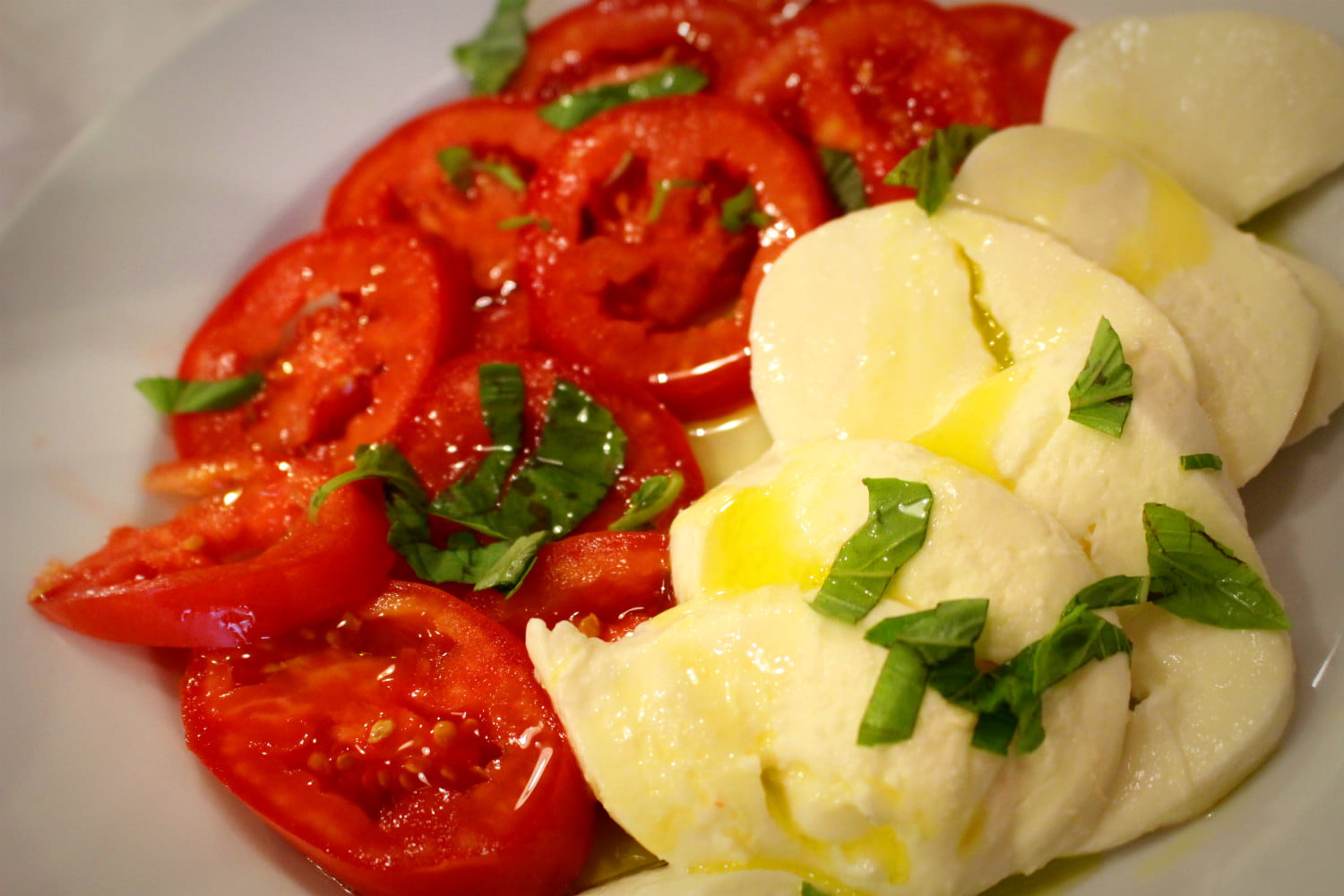

Feeling starved, I headed eastward to Porta San Donato to join some townsfolk that were lunching on a menu that had been passed on by many generations. At the Trattorria da Guilio, the atmosphere was casual and despite the few modern touches, tradition still prevailed. I settled in quite nicely with an unpretentious caprese dosing it generously with Luchessi olive oil (Tuscany’s best) followed by a summer pasta dish, Panzanella with sips of Montecarlo Rosso in between.
The grumpy waiter now looking pleased and was smiling, seeing me mop up the remaining dribble of olive oil on my plate with my last crust of bread, as if the plate had just been out of the dishwasher. With my broken, awkward sounding Italian, I thanked the waiter and bid goodbye to her as well as to the many faded pictures of Marcello Mastroianni plastered on the wall. The numerous portraits of celebrities in different poses and from different eras as well as other famous patrons who dined at the restaurant reminded me of a queer image of great feudal families depicted in Dante’s Divine Comedy. It is no coincidence that Dante spent some years in Lucca in exile.


I could have stayed on, exchanged glasses with the locals as they downed prosecco and prosciutto, perhaps even debate the future of Italian politics; but I was itching to go somewhere else. With haste, I went to climb the nearby ramparts built 500 years ago. Trees festooned the path inviting joggers, bikers and lovers to laze a bit and soak in the atmosphere of the late afternoon.
Above me where wispy clouds like frantic musical notes as if the heavens could erupt an opening salvo from one of Puccini’s libretto. Restraining my excitement, I rushed to Torre Guinigi and courageously ascended the narrow 230 steps. Up there, I marveled at the unobstructed 360 panorama of Lucca’s skyline.
Low-lying terracotta roofs cascade in all directions. In between them are flower beds and zigzagging laundry that dangle like buntings. Timeworn belfries pricking the electric blue sky and the rugged Tuscan hills in the distance, forming lumps against the setting sun. I felt instantly jealous of the life the Lucchesi have. In the end, it dawned on me – albeit late, why Lucca, their home, is the greatest.


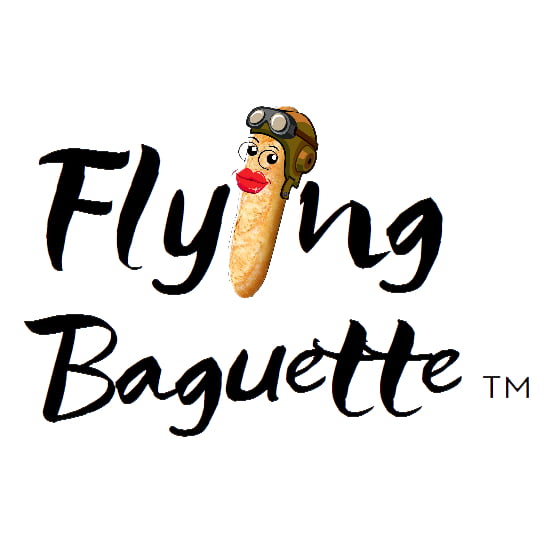




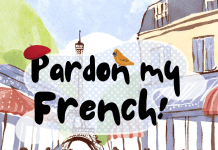
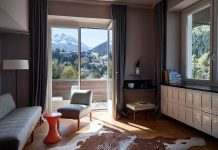
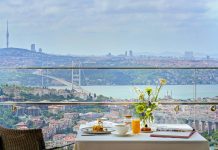
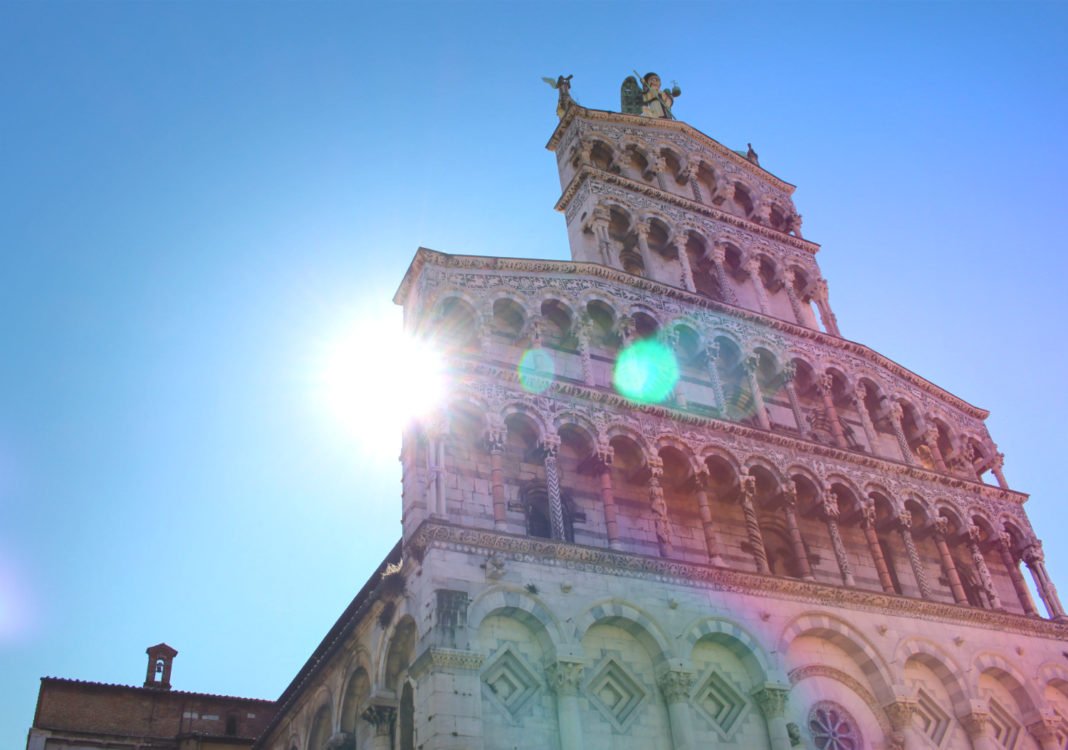





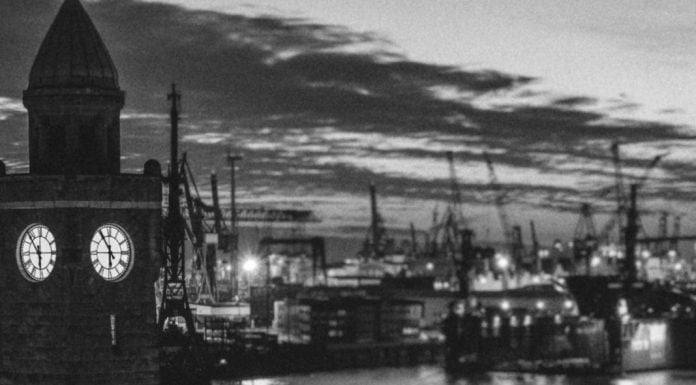





Oh, I love this post! I almost felt like I was there as I was reading. You’ve invoked the spirit of the people and the place. Lucca sounds absolutely charming. I love that there are no cars allowed inside the walls. Next time I am in Italy I will plan to go here.
That’s very kind of you Cynthia and thank’s for the glowing review. So glad that I was able to transmit that Lucca charm and stir your imagination to someplace magical. Happy travels to us 😉
I have yet to visit Tuscany but Lucca will make the list when I do. How charming and so welcoming.
A charming town indeed and leaves a certain unforgettable impression to those who visit. I can’t wait to hear your very own Lucca adventure 😉
Lucca is very high on my bucket list alongside Pisa and Bologna. It strikes me as an underrated place that is still untouched from mass tourism and has all the ingredients for a perfect travel experience (at least from my expectations on travel). Positively surprised to hear the town is bike friendly. Italians usually are more the vespa kind of nation but I do appreciate a good bike network and supportive infrastructure.
Carolin | Solo Travel Story
Thanks for the read Carolin 😉 seems like we share the same thoughts about Bologna and Pisa. I barely scratched Lucca’s surface while I was there so I end up telling myself to have another pilgrimage. A great destination to explore by foot or bike definitely!
To my shame, I knew nothing about Lucca before reading this. And now I want to visit immediately! You had me when you mentioned that the city is often overlooked in favour of Tuscany’s more famous cities. It looks delightful, a place where you can still explore at leisure and truly discover its hidden secrets. We have yet to embark on a tour to Italy but Lucca is now firmly on the list for when we finally make that trip.
Lovely to hear from you Mitch 😉 So glad that I was able to add some more excitement to your Italian wanderlust. It’s an endearing place that makes you want to linger on a little more longer.
Sounds like a lovely laid back and authentic experience to have.As always I love the way you paint a story
I would have liked to visit Lucca when we were in that area of Italy, but unfortunately, time and other plans didn’t allow it. Had we visited, it would have only been for a couple hours which clearly would not have been anywhere near enough. It’s certainly on my list for next time!
I always wanted to visit Tuscany and see Lucca. Thank you for this step-by-step walkthrough.